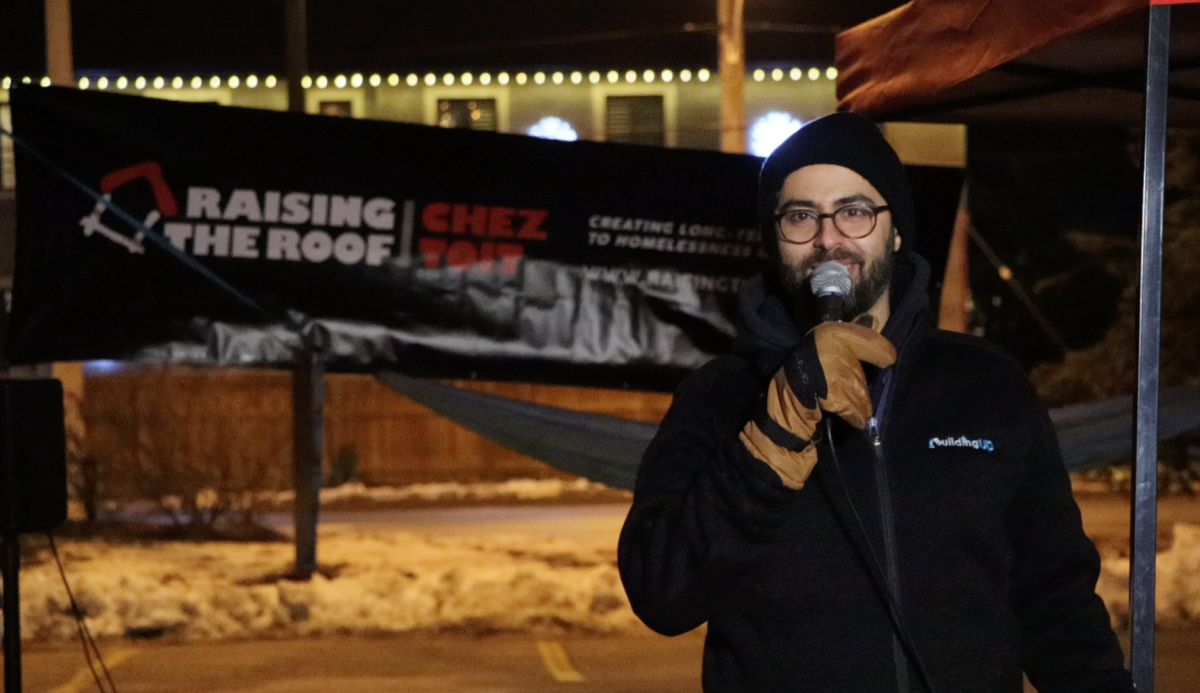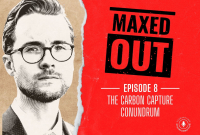An ad campaign that showcases spoof clothing items designed for young people experiencing homelessness is using irony to send a message that kids should never be homeless in the first place.
Raising the Roof, a registered charity that seeks long-term solutions for homelessness, commissioned the “gimmicky clothing ads,” which feature a poncho that turns into a tent, a coat that becomes a sleeping bag and cushioned all-weather pants.
“The idea is, ‘No, we don’t actually need to create products and make it easier for kids to be homeless.’ That’s the last thing in the world we should be doing,” said Marc Soberano, Raising the Roof’s executive director.
Every year, Raising the Roof runs a national campaign selling toques to raise money and awareness for homelessness issues. This year’s ad campaign for the fundraiser was the “streetwear” clothing idea, educating people about youth homelessness.
A national youth homeless survey shows that 20 per cent of Canadians living without housing are between the ages of 13 and 24.
Raising the Roof’s campaigns have raised almost $10 million over 26 years, pushing for “creating affordable housing and providing opportunities for people to prevent homelessness from happening in the first place,” Soberano, 33, said.
Raising the Roof’s partner, M&K Media, places the charity’s ads at no cost on different mediums like billboards, radio and television, and various ad agencies donate their time to design and see the campaign through, Soberano said.
Soberano said Raising the Roof always tries to run initiatives that educate people and enable them to relate to the plight of people living without housing.
“Everybody responded so rapidly to COVID because they were concerned it could happen to them. They were so focused on preventing COVID to the point that we all agreed as a nation to not even leave our houses,” Soberano said.
Homelessness doesn’t elicit the same response, he added. “People aren't as willing to take action as individuals. So we’re trying to find different ways to bring that idea to the forefront.”
Raising the Roof’s youth ambassadors help plan events across the country, teaching students about social impact. Along the way, they learn new skills that can help them build careers in the charitable sector.
Soberano said one small contribution Canadians can make is buying a toque, which puts money into affordable housing creation and helps people avoid homelessness by working, training and earning.
The charity’s Reside program looks for underutilized or vacant properties to turn into affordable housing. “We’re trying to actually house people and we use the renovations as a vehicle to train and employ people who are at risk of homelessness to get jobs in construction,” he said.
Soberano said there are labour shortages in the trades, which pay well. “It’s a great way for people who are at risk of homelessness to get careers.
“We need to connect the work that most needs to get done with the people who most need the work.”
Nairah Ahmed / Local Journalism Initiative / Canada’s National Observer






Comments